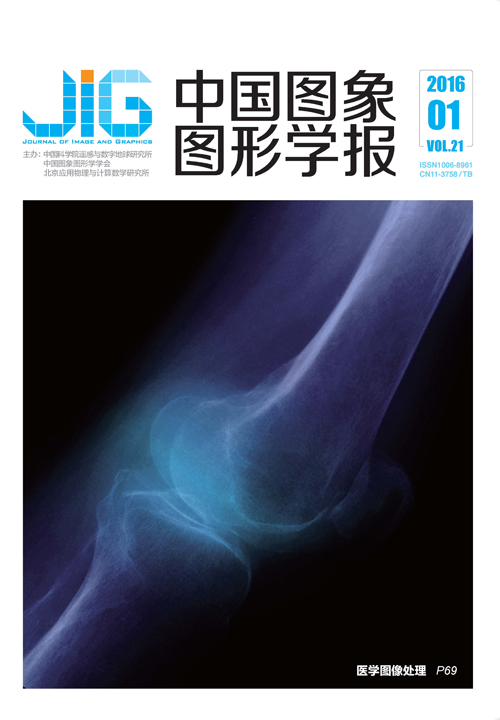
深度卷积神经网络的显著性检测
摘 要
目的 显著性检测问题是近年来的研究热点之一,针对许多传统方法都存在着特征学习不足和鲁棒检测效果不好等问题,提出一种新的基于深度卷积神经网络的显著性检测模型.方法 首先,利用超像素的方法聚类相似特征的像素点,仿人脑视皮层细胞提取目标边缘,得到区域和边缘特征.然后,通过深度卷积神经网络学习图像的区域与边缘特征,获取相应的目标检测显著度置信图.最后,将深度卷积神经网络输出的置信度融入到条件随机场,求取能量最小化,实现显著性与非显著性判别,完成显著性检测任务.结果 在两个常用的视觉检测数据库上进行实验,本文算法的检测精度与当前最好的方法相比,在MSAR数据库上检测精度相对提升大约1.5%,在Berkeley数据库上提升效果更加明显,达到了5%.此外,无论是自然场景还是人工建筑场景、大目标与小目标,检测的效果都是最好的.结论 本文融合多特征的深度学习方法与单一浅层人工特征的方法相比更有优势,它避免了手工标定特征所带来的不确定性,具有更好的鲁棒性与普适性,从主观视觉愉悦度和客观检测准确度两方面说明了算法的有效性.
关键词
Saliency detection based on deep convolutional neural network
Li Yueyun, Xu Yuelei, Ma Shiping, Shi Hehuan(Aeronautics and Astronautics Engineering College, Air Force Engineering University, Xi'an 710038, China) Abstract
Objective Saliency detection has become a highly active research field in recent years. Considering that many traditional methods suffer from insufficient feature learning and bad robust detection, this study proposes a novel saliency detection model based on deep convolutional neural networks.Method First, a pixel with similar characteristics is clustered by using superpixels and the target edge is extracted by imitating the human visual cortex cell to obtain the region and edge features. Thereafter, image regions and edge features are identified by convolutional neural networks to obtain the corresponding target-detection decision confidence images. Finally, we introduce the output of the deep-convolution neural network confidence coefficient into the conditional random field to calculate energy minimization. The discrimination of saliency and non-saliency is realized to complete the saliency detection task.Result Compared with the state-of-the-art method, the detection accuracy of our algorithm increases by approximately 1.5% in the MSAR database and 5% in the Berkeley database. Furthermore, our detection algorithm produces the best results whether in natural/artificial construction scenarios or large/small objects. Conclusion Our detection algorithm can avoid the uncertainty brought by manual features and has high robustness and universality. Experimental results show the superiority of our proposed algorithm to the method using shallow artificial features. Both subjective visual pleasure and objective detection accuracy attest the effectiveness of the proposed algorithm.
Keywords
|



 中国图象图形学报 │ 京ICP备05080539号-4 │ 本系统由
中国图象图形学报 │ 京ICP备05080539号-4 │ 本系统由